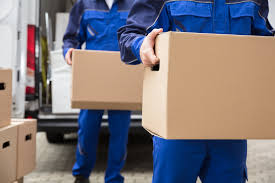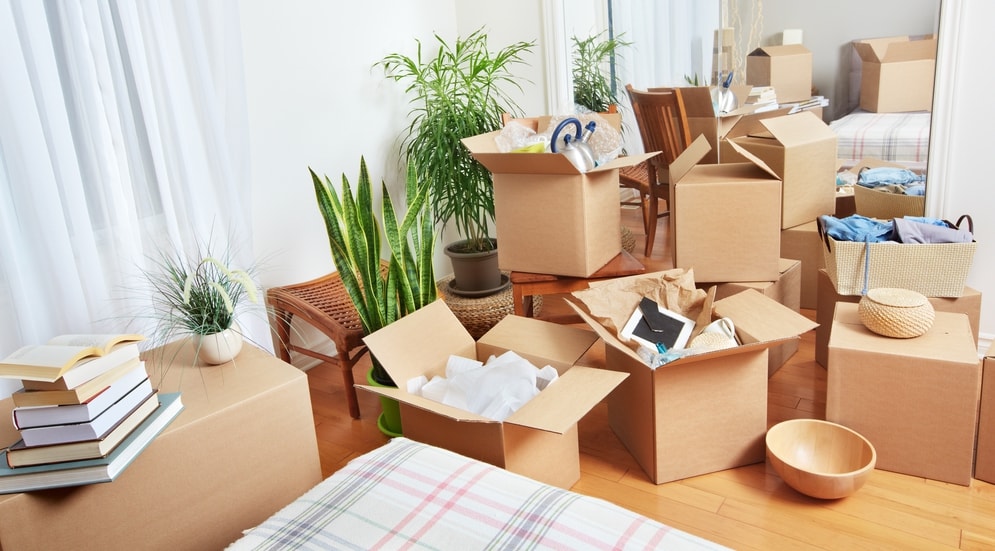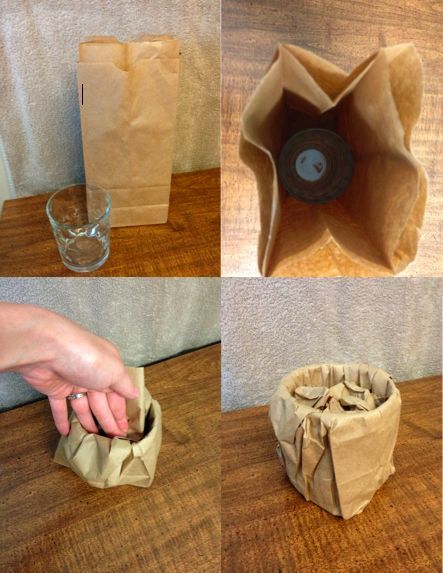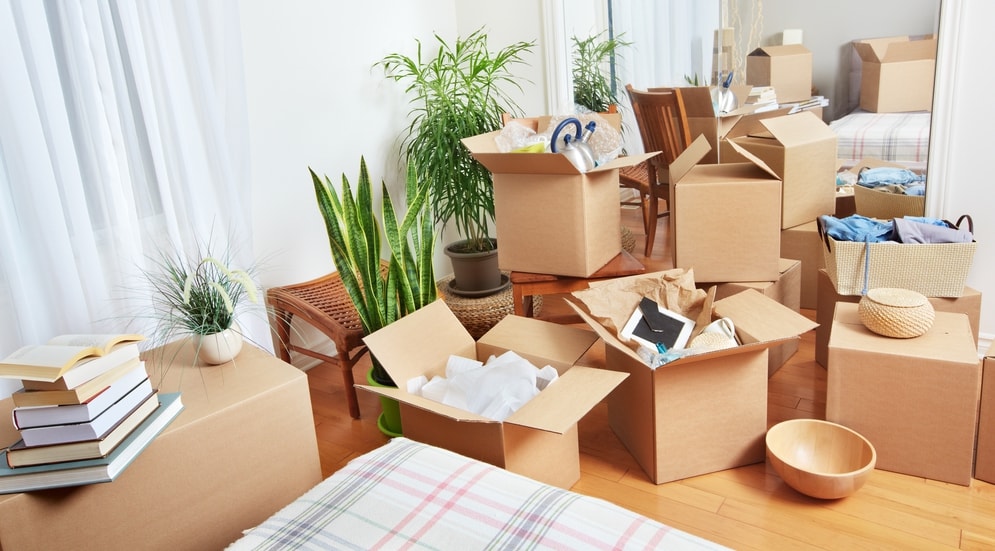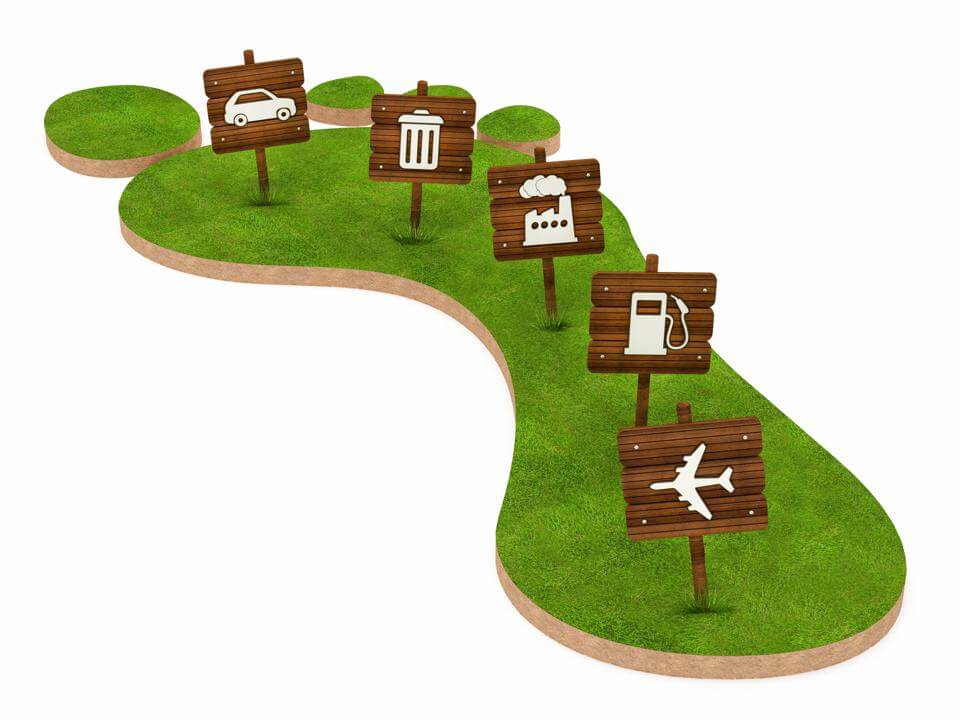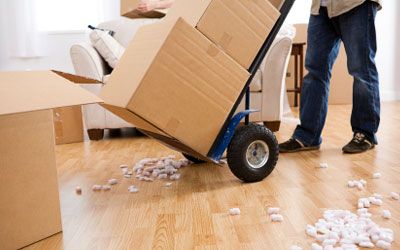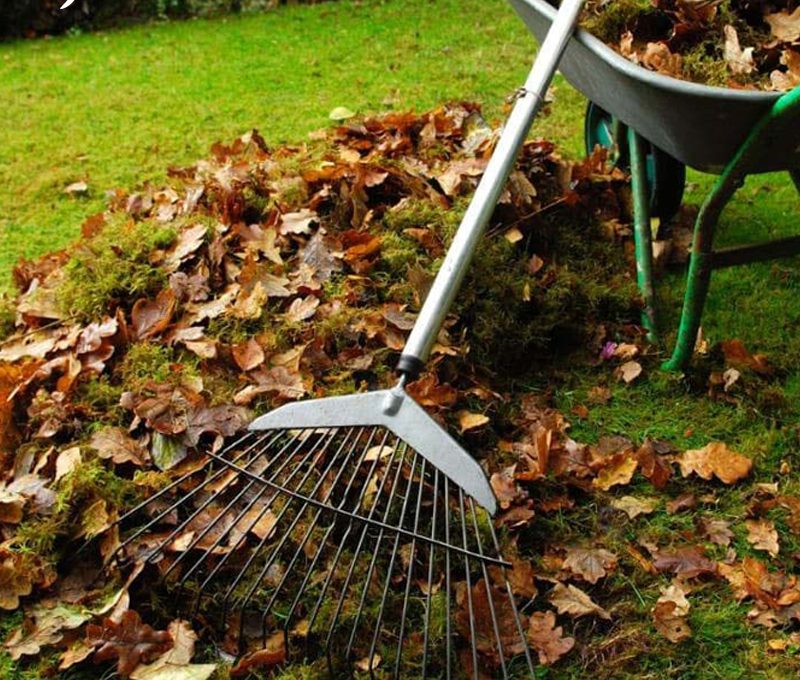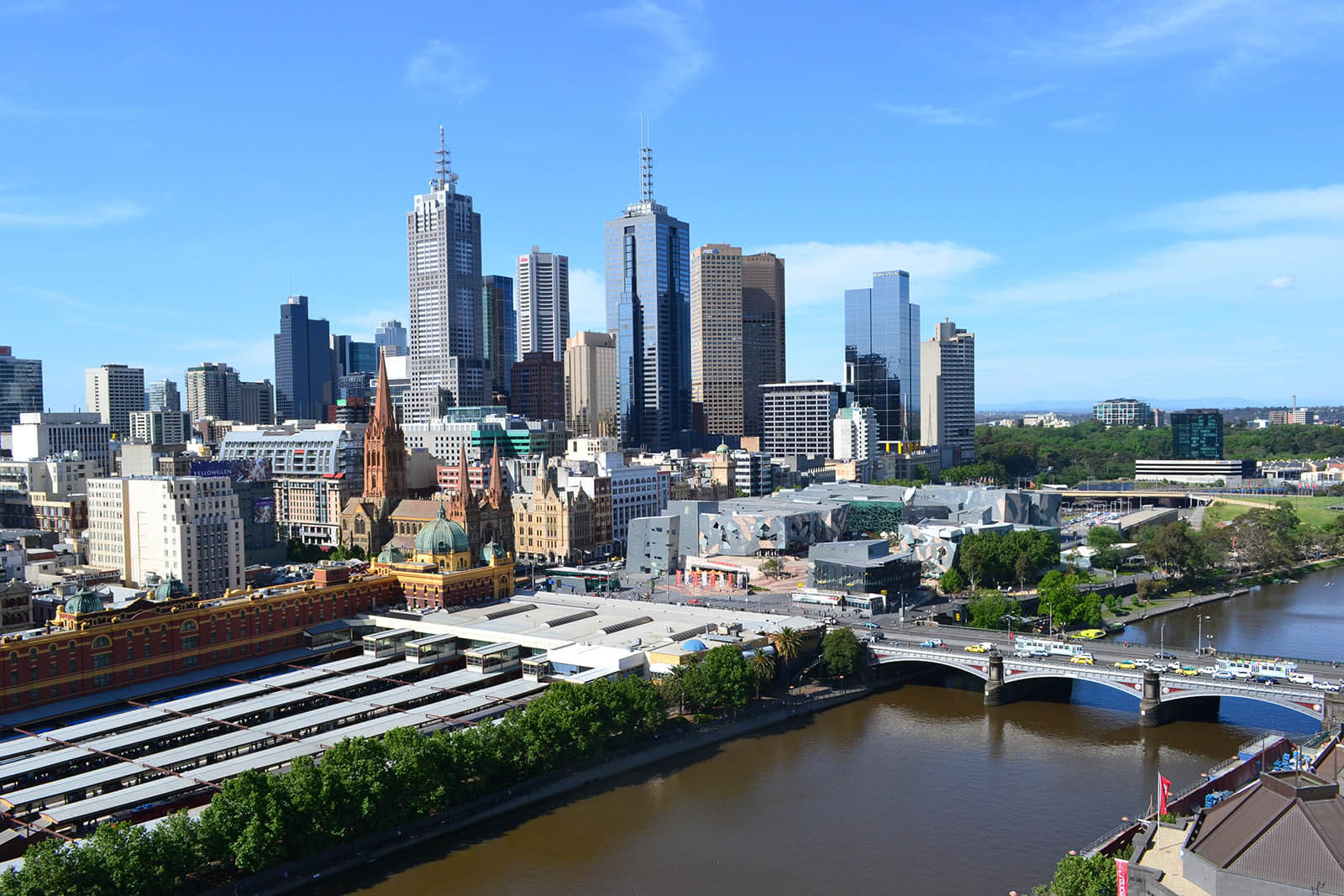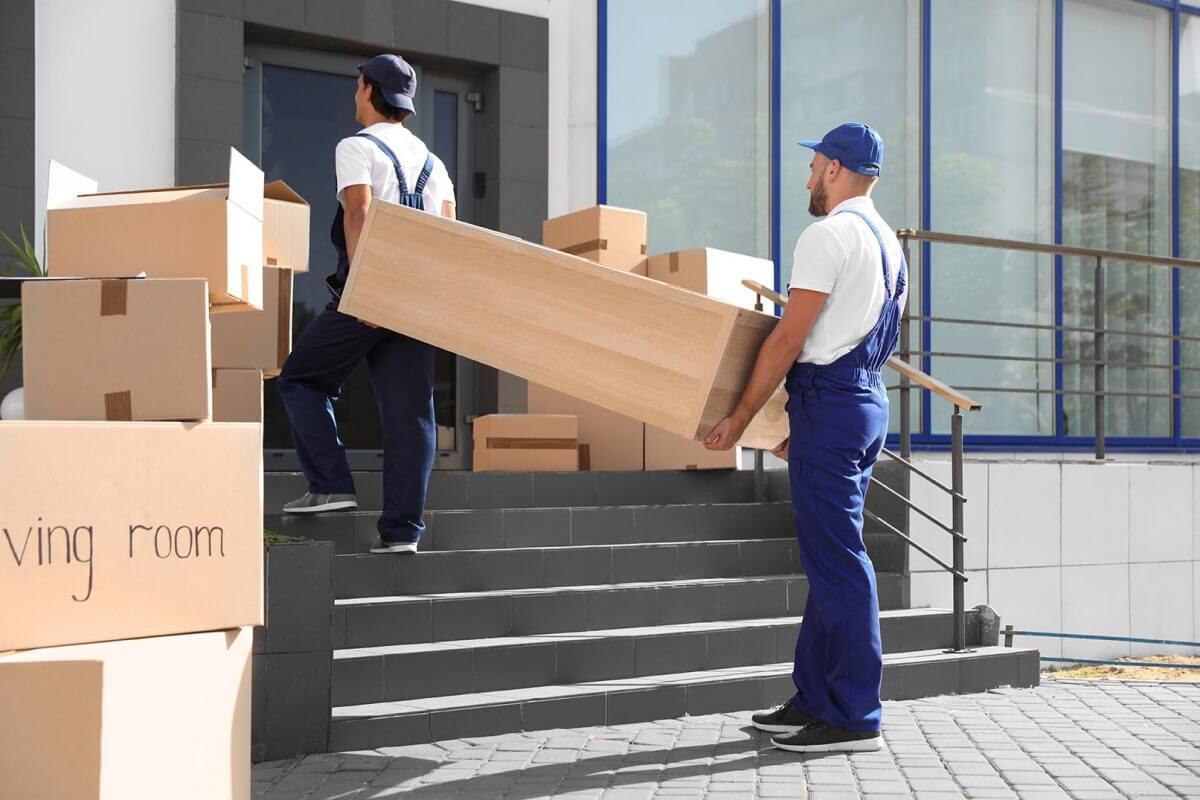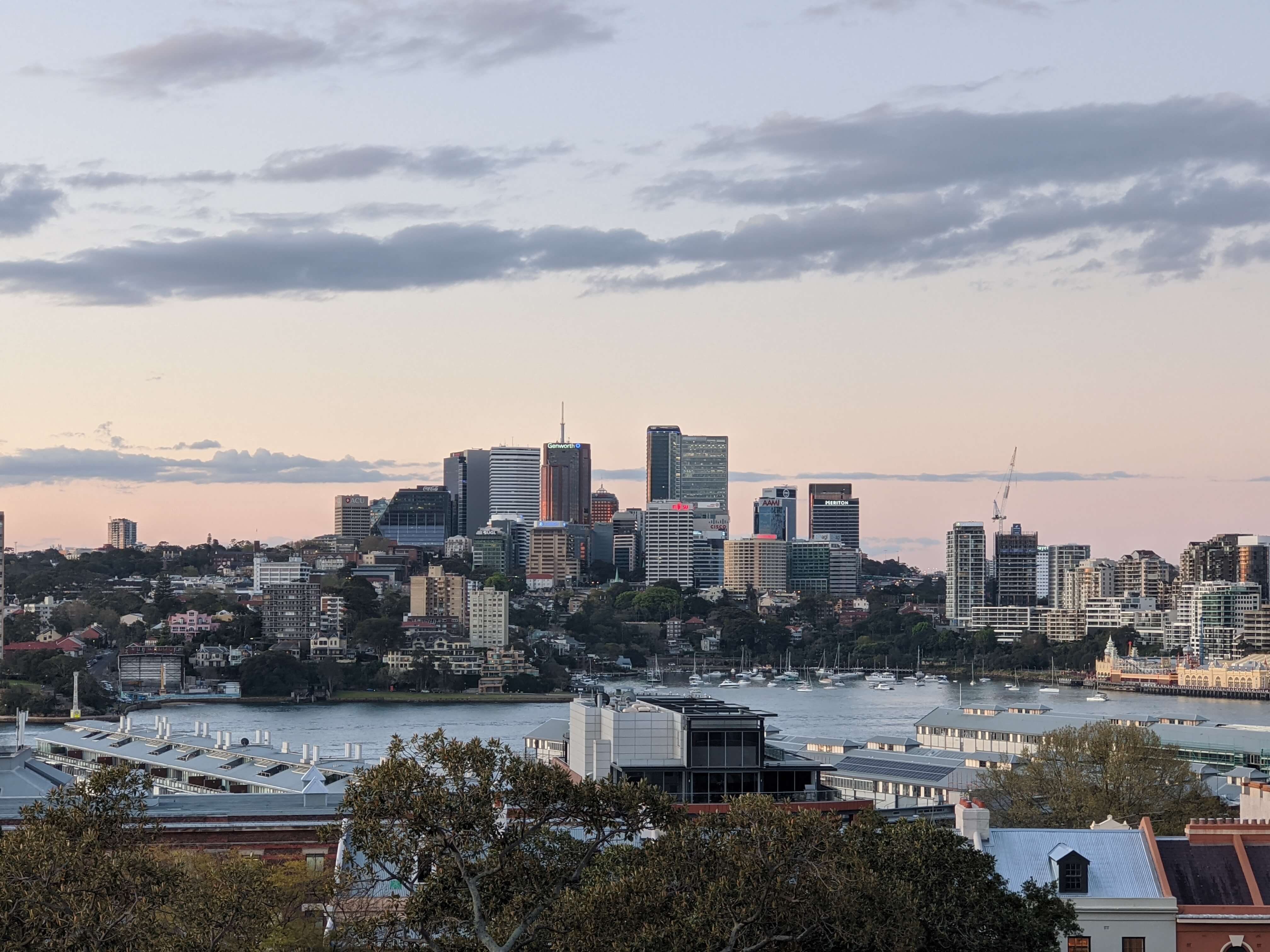The Ultimate Moving House Checklist: How to Get Organised and Efficient
Are you gearing up for a move? Moving house can be a hectic and stressful experience across town or the country. But with careful planning and organisation, you can make the moving process go as smoothly as possible. By using a house checklist, you will be be organised and efficient through the packing process up until the actual day that you are moving house.
This ultimate moving house checklist will help you get everything done on time and without drama. Our house checklist has you covered from when you start packing your belongings, to arranging a moving truck on your moving date, to notifying all your utility providers. So check out this house checklist and get started!
Start your move off on the right foot by following this helpful moving checklist
1. Create a Google Drive or Dropbox folder for your move.
By having all your important documents in one place, you can avoid any potential mix-ups and stay organised with your moving expenses before and after the move date.
Make a list of all the people and businesses, including utility companies, you need to notify that you are moving house. This includes your bank, doctor, dentist, employer, friends, family, etc. They may need to forward your car registration, medical records, pet medical records and other important documents to your new address. You may need to make a moving announcement several weeks before your moving date.
2. Make a list of all the things you need to pack.
Another thing on the moving house checklist is making a list of all the important things you need to pack into moving boxes, plastic-lined boxes, and clean white butcher’s paper or some other packing material. Start by going through your entire house and making a list of everything you need to pack. Be as thorough as possible, so you don’t forget anything important on your moving house checklist.
3. Gather all the packing materials you’ll need.
Once you know what needs to be packed, you can gather the necessary packing materials. This includes boxes, tape, bubble wrap, high-priority boxes, labels, and markers.
4. Start packing non-essentials first.
You don’t need to pack everything all at once. Start with items you won’t need right away, such as seasonal clothing or decoration, even your indoor plants can be included in the moving checklist to prepare you better for moving house.
5. Pack one room at a time.
Don’t try to pack everything all at once. It’s much easier (and less overwhelming) to focus on one room at a time. Ask friends and family to help you pack your belongings so it will be easier to move them onto a moving truck. If you have too many things, you may even have a garage sale to get rid of some things that you don’t want to take with you. If not, you can opt to keep them at storage facilities.
6. Label your boxes.
As you’re packing, label each box with its contents and the destination room. This will save you a lot of time and frustration when it comes time to unpack.
7. Notify your real estate agent and utility providers.
Be sure to notify your real estate agent of the date that you’ll be moving into the new house as well as all the utility providers (electricity, gas, water, cable, etc.) of your move so they can transfer or cancel service at your old address.
8. Hire a moving company or rent a truck.
If you’re not using a professional moving company when moving house, you’ll need to rent a truck or van to transport your belongings to your new home.
9. Schedule a time for the move.
Once everything is organised, it’s time to schedule a date for the actual move. Make sure to give yourself plenty of time so you’re not rushed when moving house.
10. Have a plan for the day of the move.
On the day of the move, it’s crucial to have a plan and be as organised as possible. This will help the process go smoothly and avoid any potential complications.
11. Make sure to take breaks.
Moving can be exhausting, so take plenty of breaks throughout the day. This will help you stay focused and avoid getting overwhelmed.
12. Be sure to celebrate once everything is moved in!
After all your hard work, be sure to take some time to relax and celebrate. You did it!
Now that you’ve gone through this checklist, you’re well on your way to a successful move.

How to Stay Organise after Moving?
Even after you’ve gone through the trouble of packing and moving, it’s essential to stay organised. Here are a few tips to help you do just that:
1. Create an unpacking plan.
Before you start unpacking, take a few minutes to create a plan. This will help you stay focused and avoid getting overwhelmed.
2. Unpack one room at a time.
Just like when you were packing, it’s best to focus on one room at a time. This will help you stay organised and not get too overwhelmed.
3. Don’t forget to label your boxes.
Labelling your boxes will save you time and frustration when unpacking. Be sure to include the contents of each box and the destination room.
4. Put everything in its place.
As you’re unpacking, take the time to put everything in its proper place. This will help you stay organised and avoid clutter.
5. Schedule a time for each task.
To stay on track, it’s helpful to schedule a time for each task, and this will help you avoid getting distracted and falling behind.
6. Take breaks as needed.
Like when you were packing, be sure to take plenty of breaks throughout the process, and this will help you stay focused and avoid getting overwhelmed.
7. Celebrate when you’re done!
Once you’ve finished unpacking, take some time to relax and celebrate. You did it!
By following these tips, you’ll stay organised after your move. Just remember to take your time, have a plan, and label everything.
When is the Best Time to Move to Your New Address?
The best time to move to your new address depends on a few factors, such as your schedule, the weather, and the availability of the moving company. Besides having a moving checklist, here are a few things to keep in mind when deciding when to move:
1. If you have a flexible schedule, try to avoid peak times.
Peak moving times are typical during the summer and on weekends. If you have a flexible schedule, try to avoid these times.
2. The weather can be a factor.
If you’re moving during the summer, be aware of the potential for extreme heat. And if you’re moving during the winter, be prepared for cold weather and possible snow.
3. Moving services may be limited.
If you’re moving during a peak time, be aware that moving services may be limited, making it challenging to schedule a time for your move.
4. Make sure you’re prepared.
No matter when you decide to move, make sure you’re prepared. This includes having a plan, being organised, and having all the necessary supplies.
5. Take your time.
Moving can be stressful, so be sure to take your time. This will help you avoid getting overwhelmed and making mistakes.
By keeping these things in mind, you’ll be able to choose the best time to move for you.
Conclusion
Moving can be a daunting task, but you’re well on your way to a successful move by following this moving checklist and house packing tips when moving house. Just remember to stay organised, take your time, and have a plan. And before you know it, you’ll be all settled into your new house.

